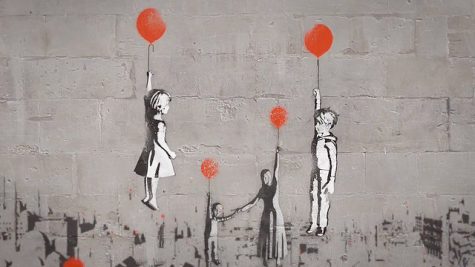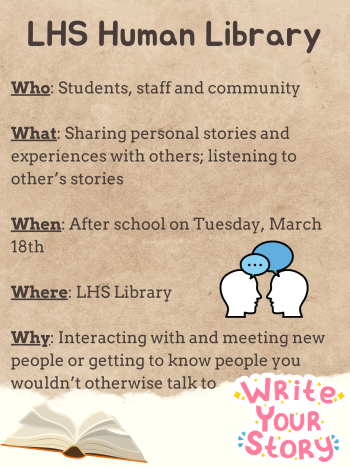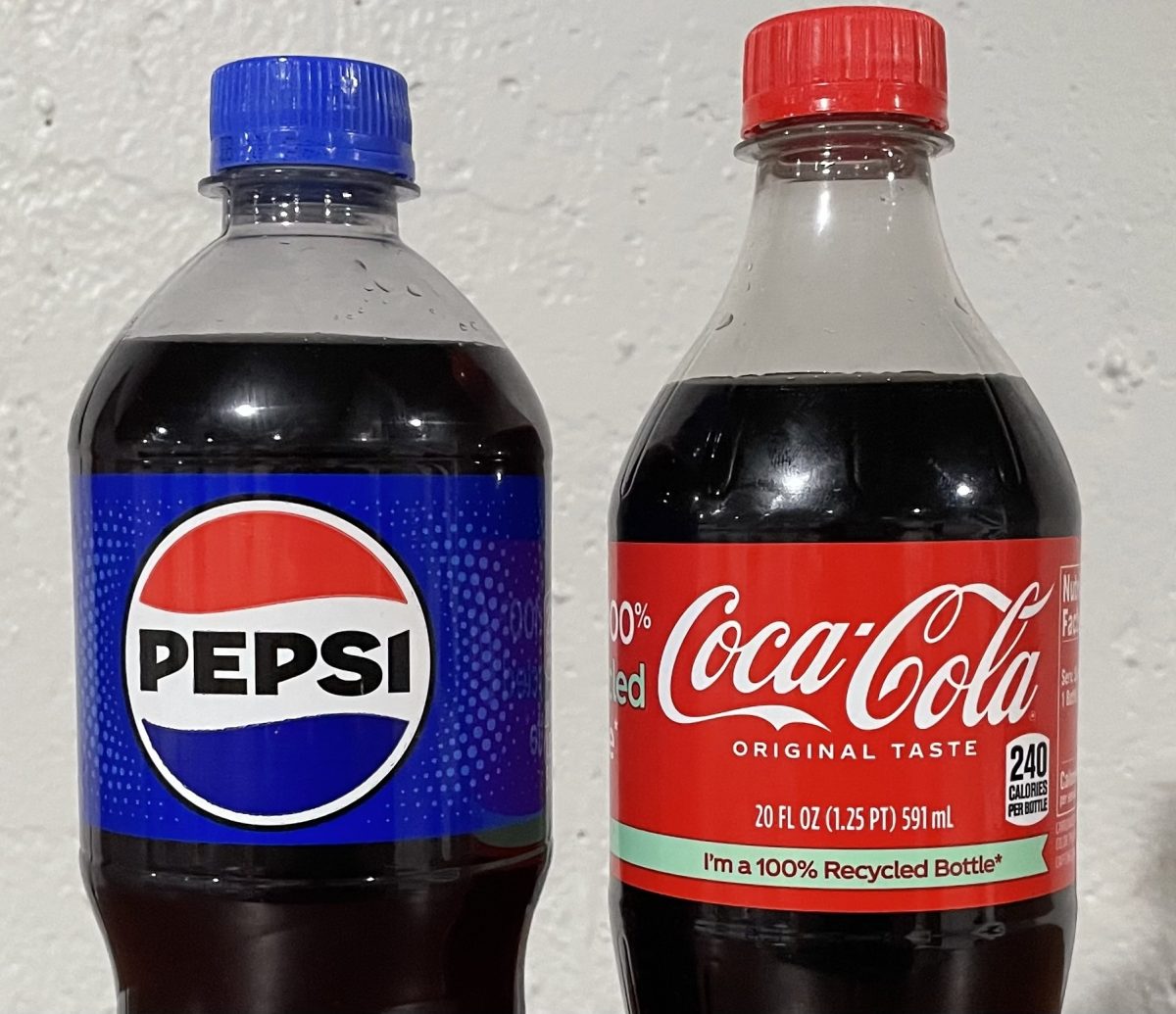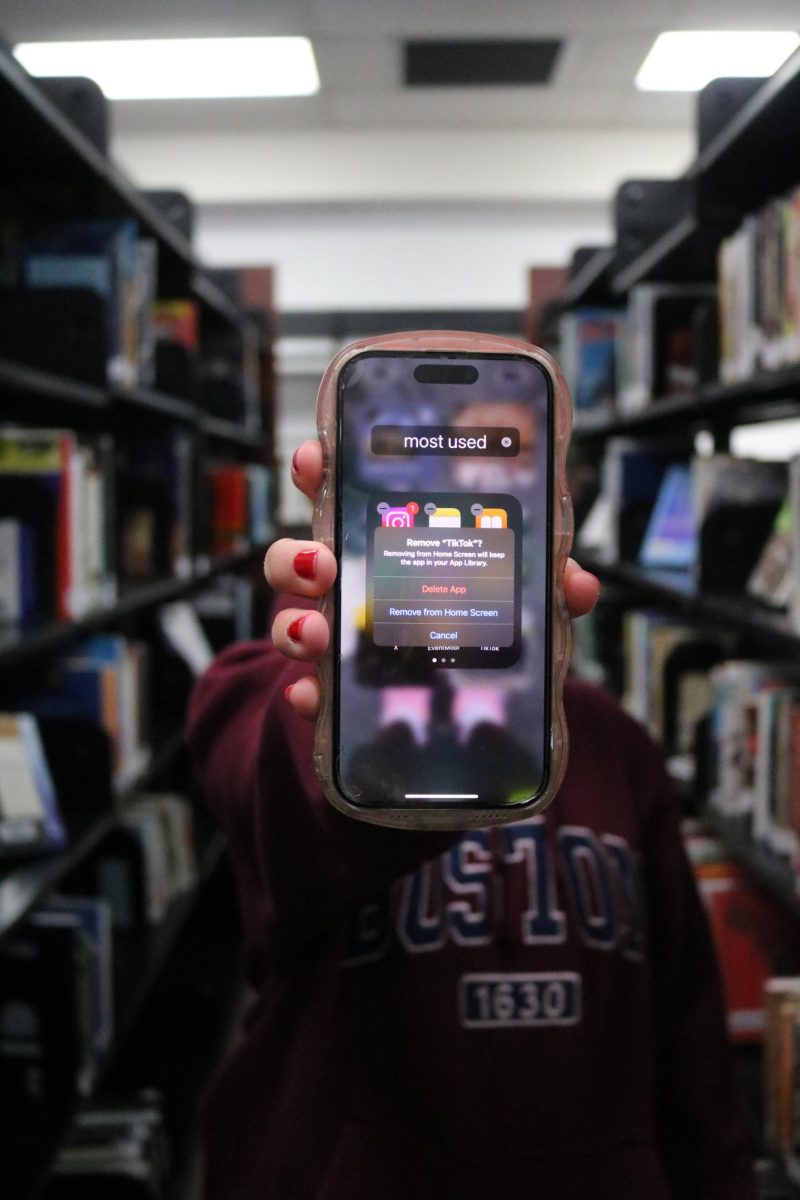
On Monday, March 14, Russian President Vladimir Putin announced Russia’s withdrawal of its forces from Syria. In less than 24 hours, the fleeing of the first Russian warplanes was spotted.
On the official Kremlin (a fortified complex located within the heart of Moscow) website, it was announced that Moscow would begin to withdraw its main forces from Syria but would keep a small military presence to guarantee ceasefire. “I think that the tasks set to the defense ministry are generally fulfilled,” said Putin during a meeting with his defense ministers, according to Time Magazine’s website. “That is why I order to begin withdrawal of most of our military group from Syria starting from tomorrow.”
This move of withdrawing Russia’s military presence forces the Syrian government to start fending for themselves.
The Conflict:
Syria has been involved in a civil war for over four and one half years. All starting with anti-government protests, more than 11 million citizens have been forced from their homes due to the loyal forces of President Bashar al-Assad. More than 250,000 Syrians have lost their lives.
In March 2011, due to the torturing of a group of teenagers who painted revolutionary slogans on a school wall, many nationwide protests started. Under President Asaad’s orders, security forces opened fire on protesters killing the students as well as bystanders. Opposition leaders demanded the resignation of President Assad for committing this act.
The government’s use of force and violence brought forth hundreds of thousands of Syrians who took to the streets. Anti-government protesters took up arms; initially for defense. But as fighting escalated, Opposition forces began offensive strikes as it became clear Assad would not leave voluntarily.
With violence escalating and the country in the midst of a civil war, Opposition forces were forced to battle for control of cities, towns, and the countryside. By 2012, the fighting between President Assad’s government forces and the Opposition forces was even happening in Damascus, the capital city of Syria.
In 2013, the conflict took a radical turn for the worse. Government forces were accused of using rockets filled with the nerve agent Sarin to fire on Opposition forces. In the United States, President Obama had said that the use of Chemical Weapons would not be tolerated by the international community. Expecting the likely intervention of the U.S. military, President Assad agreed to prohibit his government forces from using chemical weapons and ordered the complete removal of chemical weapons from government stockpiles.
Even after Assad’s promise to not use Chemical Weapons, the OPCW (Organization for the Prohibition of Chemical Weapons) continued to produce and document the use of toxic chemicals. Chlorine was apparently found and used “systematically and repeatedly” throughout the violent attacks, according to a reports posted online by the BBC.
The Efforts for Peace:
A conclusion has been reached: it’s been suggested that only a political solution could put a stop to the violence in Syria, as opposed to using violence. Both the U.S. and Russia have made efforts to get the Syrian government and opposition to send in representatives to discuss a Security Council-endorsed road map and ceasefire.
According to the official U.N. website, about 90,000 people have been killed since June 2013. With the death tolls only climbing, according to iamsyria.org it has reached up to 450,000 as of April 2016.






